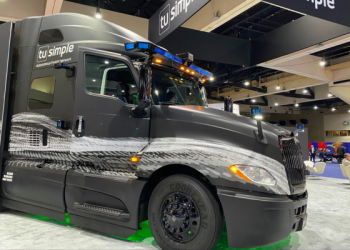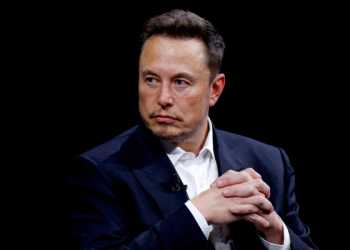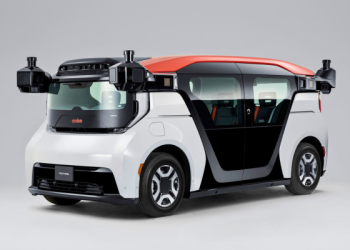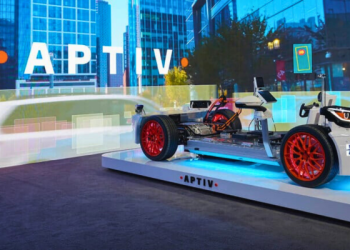One of the most significant developments in automated driving technology over the past few years has been in the area of computer vision. This technology enables vehicles to “see” their surroundings and respond accordingly, paving the way for a future in which vehicles can drive themselves safely and efficiently.
How do automobiles learn to see?
There are numerous approaches, but one of the most prevalent is the use of machine learning algorithms. The training of these algorithms on large datasets of images and other sensor data enables them to recognise environmental patterns and objects.
A machine learning algorithm could be trained on thousands of images of stop signs, allowing it to accurately recognise the shape, hue, and other characteristics of a stop sign. Similarly, algorithms can be trained to identify additional environmental objects and features, such as pedestrians, other vehicles, and road markings.
Bosch, a company at the vanguard of this technology, is creating a variety of automated driving solutions. Bosch’s computer vision technology utilises a variety of sensors, such as cameras, lidar, and radar, to construct a precise image of the surrounding environment.
The machine learning algorithms of Bosch then analyse this data to identify objects and dangers in the environment, enabling the vehicle to make decisions and take action in real time. For instance, if the car detects a pedestrian crossing the road, it may slow down or halt, or it may steer around an obstacle on the road.
However, computer vision technology is not devoid of obstacles. Unpredictable or unexpected situations, such as a child running into the road or a car abruptly swerving in front of the automated vehicle, are one of the greatest challenges.
To address this difficulty, researchers are devising more complex algorithms that can adapt to new circumstances and learn from their past mistakes. For instance, a vehicle may encounter a road sign it has never seen before. By analysing the sign’s shape, hue, and other characteristics, the algorithm can rapidly learn to recognise it and adapt its behaviour accordingly.
The future of automated driving appears promising, with computer vision technology playing a crucial role in enabling vehicles to “see” and respond to their surroundings. With sustained advances in machine learning and other areas of artificial intelligence, we can anticipate increasingly sophisticated solutions for automated driving in the coming years.
Read more on Vehicle makers race to develop alcohol detection technology against drunk driving






![GM super cruise [Cadillac, gmauthority]](https://autojournal.africa/wp-content/uploads/2025/01/GM-super-cruise-Cadillac-gmauthority-350x250.png)














